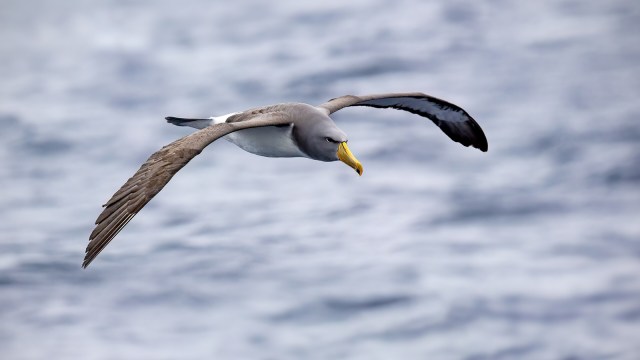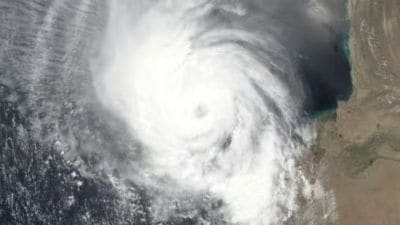📣 For more lifestyle news, click here to join our WhatsApp Channel and also follow us on Instagram
This bird can go days without ever flapping its wings
These seabirds spend most of their lives in flight, only returning to land to breed on remote sub-Antarctic islands
 Discover the world’s largest wingspan bird (Source: Wikimedia Commons)
Discover the world’s largest wingspan bird (Source: Wikimedia Commons)When it comes to sheer wingspan, no bird matches the majestic Wandering Albatross (Diomedea exulans). Known for its near-mythical status among seabirds, this gentle giant of the Southern Ocean holds the title for the largest wingspan in the world, stretching up to an astonishing 3.5 metres (11.5 feet).
Imagine a bird so wide-winged that it can glide over vast oceans without flapping its wings for hours, sometimes even days. The Wandering Albatross does exactly that. With its expansive wings, it rides the fierce southern winds in a flight style called dynamic soaring, making use of the wind gradients over the waves. This technique allows it to cover mind-boggling distances; some individuals have been recorded circumnavigating the entire Southern Ocean during a single feeding trip.
These seabirds spend most of their lives in flight, only returning to land to breed on remote sub-Antarctic islands. Their lifespan? Often more than 50 years, with some individuals known to live even longer. It’s said that they fall in love for life, forming lifelong pair bonds, a romantic notion that has inspired sailors and poets alike.
 For many, the image of the Wandering Albatross soaring over the southern seas symbolises freedom and resilience (file)
For many, the image of the Wandering Albatross soaring over the southern seas symbolises freedom and resilience (file)
But their incredible wingspan is not just for show. The vast reach of their wings is a survival tool, allowing them to glide over roaring oceans with minimal effort. This efficiency helps them forage across vast stretches of the sea, searching for squid, fish, and krill. As National Geographic points out, this remarkable energy-saving flight is what allows them to thrive in some of the most remote and challenging parts of our planet.
Sadly, despite their almost mythical endurance, Wandering Albatrosses face real threats. Longline fishing, which unintentionally hooks these birds as they swoop for bait, is a major cause of declining numbers. Climate change and shifting marine ecosystems add to their challenges. According to the International Union for Conservation of Nature (IUCN), they are now listed as a vulnerable species, highlighting the urgent need for global conservation efforts.
For many, the image of the Wandering Albatross soaring over the southern seas symbolises freedom and resilience. But it also reminds us of the delicate balance of life on Earth, and how even the mightiest can be fragile in the face of human impact.
📣 For more lifestyle news, click here to join our WhatsApp Channel and also follow us on Instagram






- 01
- 02
- 03
- 04
- 05





















